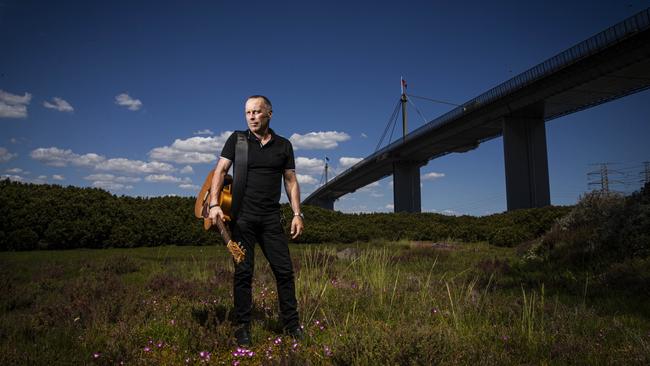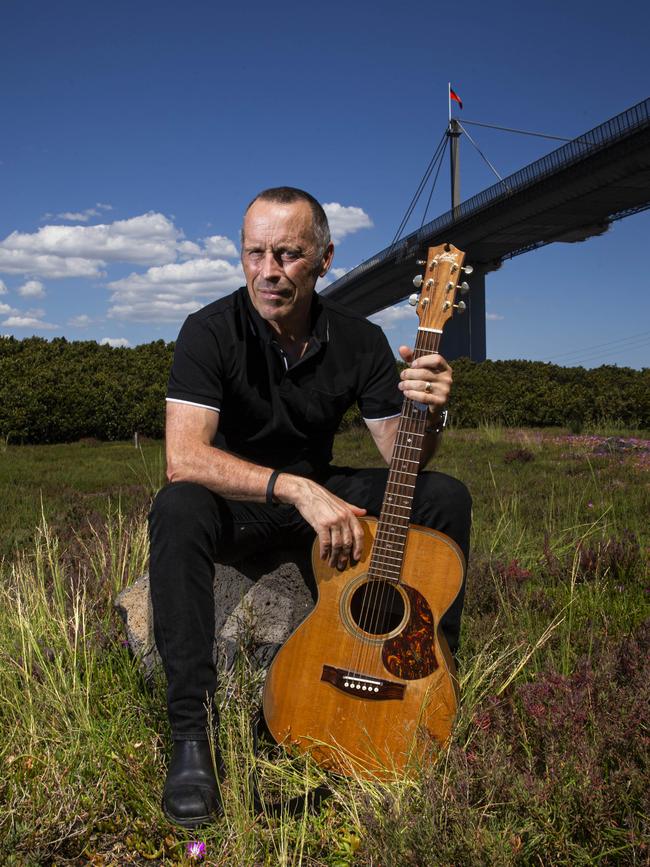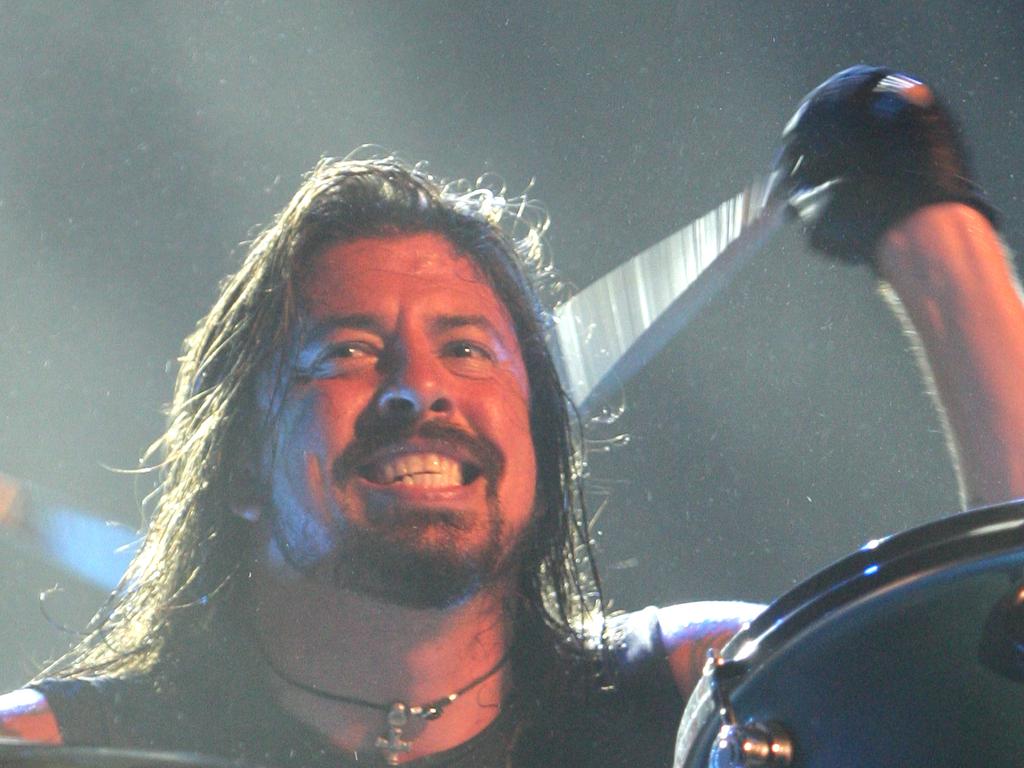Dark past a bridge to musical inspiration for Mark Seymour
While scouting for songs that might suit a Melbourne theatre production, Hunters & Collectors frontman Mark Seymour was led to a spot beneath a looming bridge.

While scouting for songs that might suit a Melbourne theatre production centred on the story of the eight-hour working day, Hunters & Collectors frontman Mark Seymour was led to a spot beneath a looming bridge.
There he found a plaque that marked one of Australia’s worst industrial disasters, as well as a songwriting breakthrough that he carries with him today.
When a span of the West Gate Bridge collapsed on October 15 1970, 35 construction workers died, triggering a royal commission and a raft of workplace safety measures.
“It was a huge undertaking to sit down and write: ‘Okay, how am I going to respect and define the mood of that event in a four-minute song?’” said Seymour.
“It was one of the first times that I really stepped into the role of a character and tried to write from their voice,” he said. “That was a bit of a light bulb moment for me, and it’s definitely changed the way I write songs.”
Seymour’s upbeat arrangement, Westgate, was written from the perspective of a rigger named Ed Halsall.
He was injured in the collapse but survived, and then had to live with the guilt of so many of his friends dying on the job.
In its chorus, he sings: “And the cold wind blows / Down by the river where nobody goes / Hell broke free when the bridge came down.”

Westgate later became the title track of Seymour’s 2007 solo album, and on Friday night he will speak about it and two tracks from his most recent album, Slow Dawn, at a concert to be streamed online as part of Melbourne’s biennial Art & Industry Festival.
“It raised a lot of questions for me as to the purpose of songwriting,” he said. “Writing that song really helped me to work out where I was as an artist.”
The two songs from Slow Dawn that Seymour will discuss on Friday — The Dogs of Williamstown and the title track — are both rooted in a strong sense of place, too. But they wouldn’t have happened without that bridge visit 14 years ago, which turned him on to writing about the past.
“It gave me a real lease on life as a songwriter because this strategy is so removed from contemporary popular culture,” he said.
“I kind of have to go there because I’m not 23 anymore and I want to keep writing. I’ve got to find a way of doing it that has psychological credibility and is honourable and truthful.”





